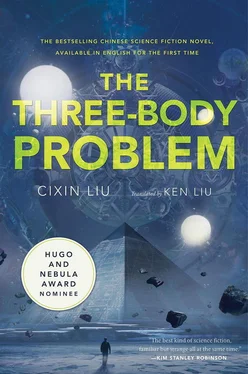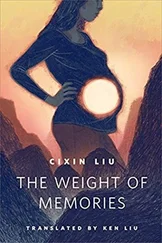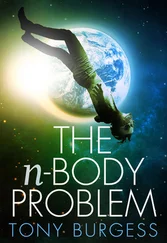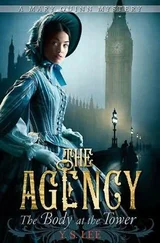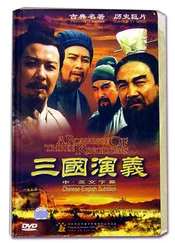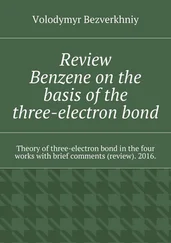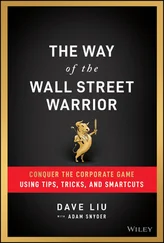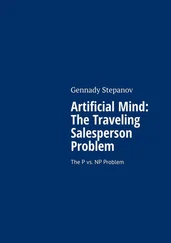Cixin Liu
THE THREE-BODY PROBLEM
Chinese names are written with surname first.
The Ye Family
Ye Zhetai — Physicist, professor at Tsinghua University
Shao Lin — Physicist, Ye Zhetai’s wife
Ye Wenjie — Astrophysicist, daughter of Ye Zhetai
Ye Wenxue — Ye Wenjie’s sister, a Red Guard
Red Coast Base
Lei Zhicheng — Political commissar at Red Coast Base
Yang Weining — Chief engineer at Red Coast Base, once a student of Ye Zhetai
The Present
Yang Dong — String theorist and daughter of Ye Wenjie and Yang Weining
Ding Yi — Theoretical physicist, Yang Dong’s boyfriend
Wang Miao — Nanomaterials researcher
Shi Qiang — Police detective, nicknamed Da Shi
Chang Weisi — Major-general of the People’s Liberation Army
Shen Yufei — Japanese physicist and member of the Frontiers of Science
Wei Cheng — Math prodigy and recluse, Shen Yufei’s husband
Pan Han — Biologist, friend/acquaintance of Shen Yufei and Wei Cheng, and member of the Frontiers of Science
Sha Ruishan — Astronomer, one of Ye Wenjie’s students
Mike Evans — Scion of an oil magnate
Colonel Stanton — U.S. Marine Corps, commander of Operation Guzheng
China, 1967
The Red Union had been attacking the headquarters of the April Twenty-eighth Brigade for two days. Their red flags fluttered restlessly around the brigade building like flames yearning for firewood.
The Red Union commander was anxious, though not because of the defenders he faced. The more than two hundred Red Guards of the April Twenty-eighth Brigade were mere greenhorns compared with the veteran Red Guards of the Red Union, which was formed at the start of the Great Proletarian Cultural Revolution in early 1966. The Red Union had been tempered by the tumultuous experience of revolutionary tours around the country and seeing Chairman Mao in the great rallies in Tiananmen Square.
But the commander was afraid of the dozen or so iron stoves inside the building, filled with explosives and connected to each other by electric detonators. He couldn’t see them, but he could feel their presence like iron sensing the pull of a nearby magnet. If a defender flipped the switch, revolutionaries and counter-revolutionaries alike would all die in one giant ball of fire.
And the young Red Guards of the April Twenty-eighth Brigade were indeed capable of such madness. Compared with the weathered men and women of the first generation of Red Guards, the new rebels were a pack of wolves on hot coals, crazier than crazy.
The slender figure of a beautiful young girl emerged at the top of the building, waving the giant red banner of the April Twenty-eighth Brigade. Her appearance was greeted immediately by a cacophony of gunshots. The weapons attacking her were a diverse mix: antiques such as American carbines, Czech-style machine guns, Japanese Type-38 rifles; newer weapons such as standard-issue People’s Liberation Army rifles and submachine guns, stolen from the PLA after the publication of the “August Editorial”; [1] Translator’s Note: This refers to the August 1967 editorial in Red Flag magazine (an important source of propaganda during the Cultural Revolution), which advocated for “pulling out the handful [of counter-revolutionaries] within the army.” Many read the editorial as tacitly encouraging Red Guards to attack military armories and seize weapons from the PLA, further inflaming the local civil wars waged by Red Guard factions.
and even a few Chinese dadao swords and spears. Together, they formed a condensed version of modern history.
Numerous members of the April Twenty-eighth Brigade had engaged in similar displays before. They’d stand on top of the building, wave a flag, shout slogans through megaphones, and scatter flyers at the attackers below. Every time, the courageous man or woman had been able to retreat safely from the hailstorm of bullets and earn glory for their valor.
The new girl clearly thought she’d be just as lucky. She waved the battle banner as though brandishing her burning youth, trusting that the enemy would be burnt to ashes in the revolutionary flames, imagining that an ideal world would be born tomorrow from the ardor and zeal coursing through her blood…. She was intoxicated by her brilliant, crimson dream until a bullet pierced her chest.
Her fifteen-year-old body was so soft that the bullet hardly slowed down as it passed through it and whistled in the air behind her. The young Red Guard tumbled down along with her flag, her light form descending even more slowly than the piece of red fabric, like a little bird unwilling to leave the sky.
The Red Union warriors shouted in joy. A few rushed to the foot of the building, tore away the battle banner of the April Twenty-eighth Brigade, and seized the slender, lifeless body. They raised their trophy overhead and flaunted it for a while before tossing it toward the top of the metal gate of the compound.
Most of the gate’s metal bars, capped with sharp tips, had been pulled down at the beginning of the factional civil wars to be used as spears, but two still remained. As their sharp tips caught the girl, life seemed to return momentarily to her body.
The Red Guards backed up some distance and began to use the impaled body for target practice. For her, the dense storm of bullets was now no different from a gentle rain, as she could no longer feel anything. From time to time, her vinelike arms jerked across her body softly, as though she were flicking off drops of rain.
And then half of her young head was blown away, and only a single, beautiful eye remained to stare at the blue sky of 1967. There was no pain in that gaze, only solidified devotion and yearning.
And yet, compared to some others, she was fortunate. At least she died in the throes of passionately sacrificing herself for an ideal.
* * *
Battles like this one raged across Beijing like a multitude of CPUs working in parallel, their combined output, the Cultural Revolution. A flood of madness drowned the city and seeped into every nook and cranny.
At the edge of the city, on the exercise grounds of Tsinghua University, a mass “struggle session” attended by thousands had been going on for nearly two hours. This was a public rally intended to humiliate and break down the enemies of the revolution through verbal and physical abuse until they confessed to their crimes before the crowd.
As the revolutionaries had splintered into numerous factions, opposing forces everywhere engaged in complex maneuvers and contests. Within the university, intense conflicts erupted between the Red Guards, the Cultural Revolution Working Group, the Workers’ Propaganda Team, and the Military Propaganda Team. And each faction divided into new rebel groups from time to time, each based on different backgrounds and agendas, leading to even more ruthless fighting.
But for this mass struggle session, the victims were the reactionary bourgeois academic authorities. These were the enemies of every faction, and they had no choice but to endure cruel attacks from every side.
Compared to other “Monsters and Demons,” [2] Translator’s Note: Originally a term from Buddhism, “Monsters and Demons” was used during the Cultural Revolution to refer to all the enemies of the revolution.
reactionary academic authorities were special: During the earliest struggle sessions, they had been both arrogant and stubborn. That was also the stage in which they had died in the largest numbers. Over a period of forty days, in Beijing alone, more than seventeen hundred victims of struggle sessions were beaten to death. Many others picked an easier path to avoid the madness: Lao She, Wu Han, Jian Bozan, Fu Lei, Zhao Jiuzhang, Yi Qun, Wen Jie, Hai Mo, and other once-respected intellectuals had all chosen to end their lives. [3] Translator’s Note: These were some of the most famous intellectuals who committed suicide during the Cultural Revolution. Lao She: writer; Wu Han: historian; Jian Bozan: historian; Fu Lei: translator and critic; Zhao Jiuzhang: meteorologist and geophysicist; Yi Qun: writer; Wen Jie: poet; Hai Mo: screenwriter and novelist.
Читать дальше
